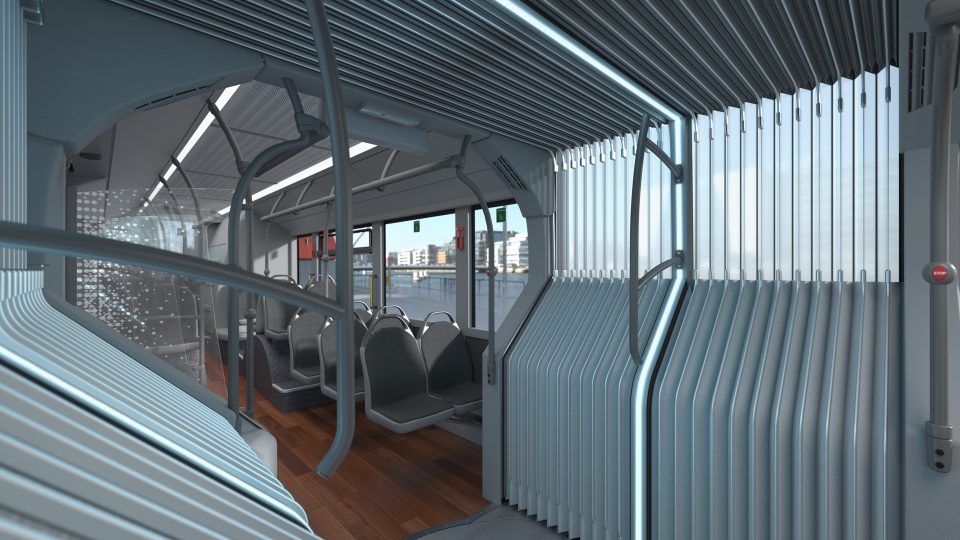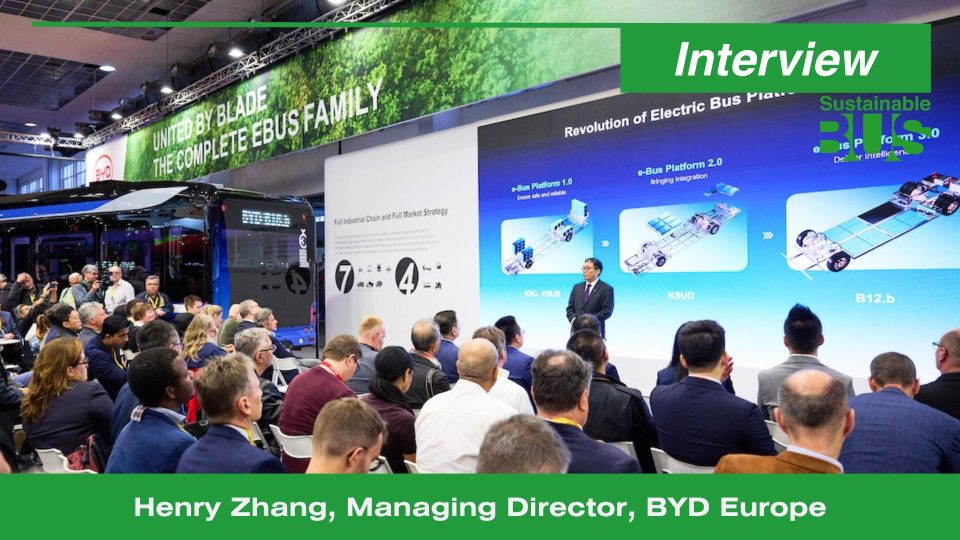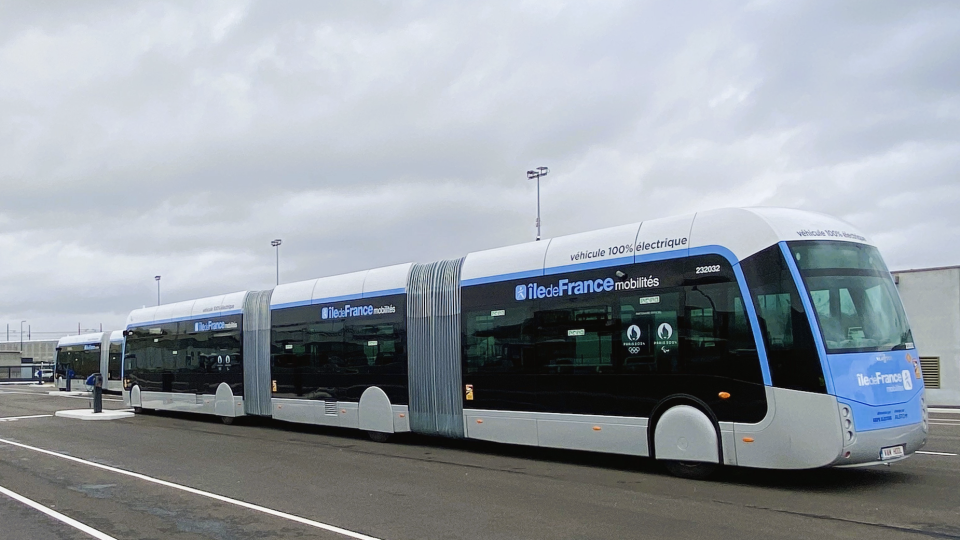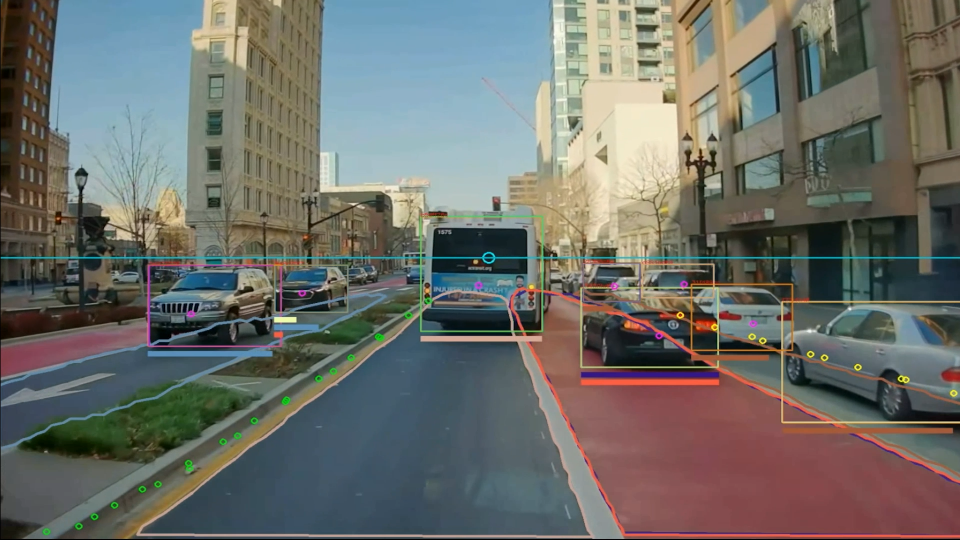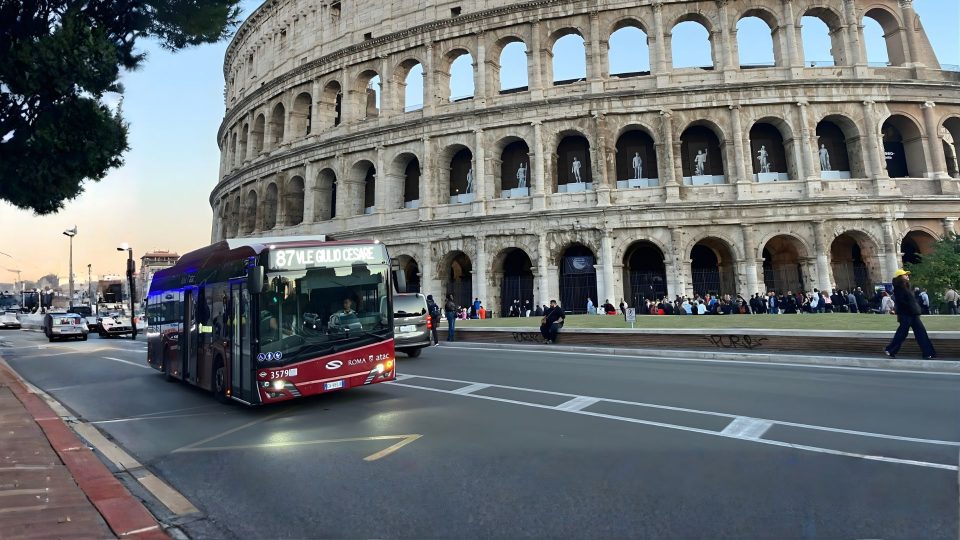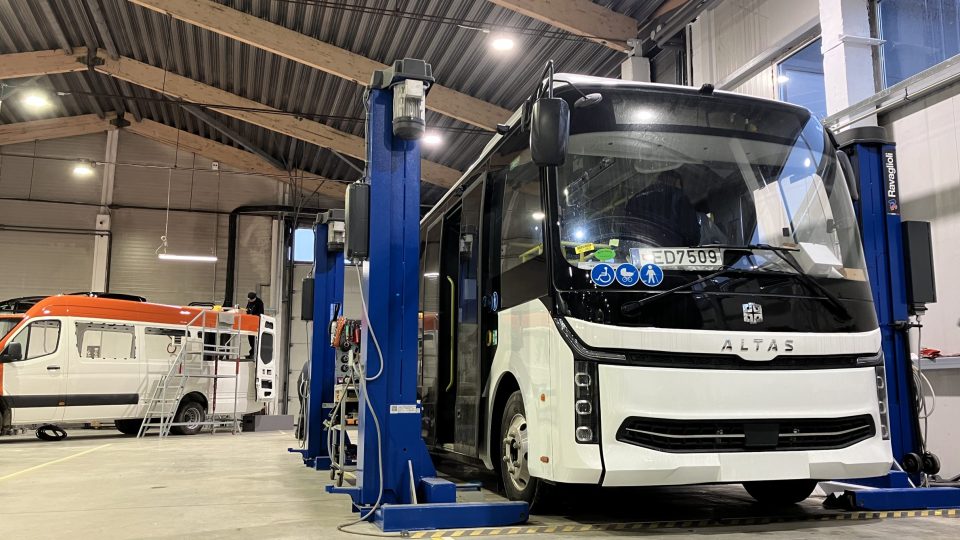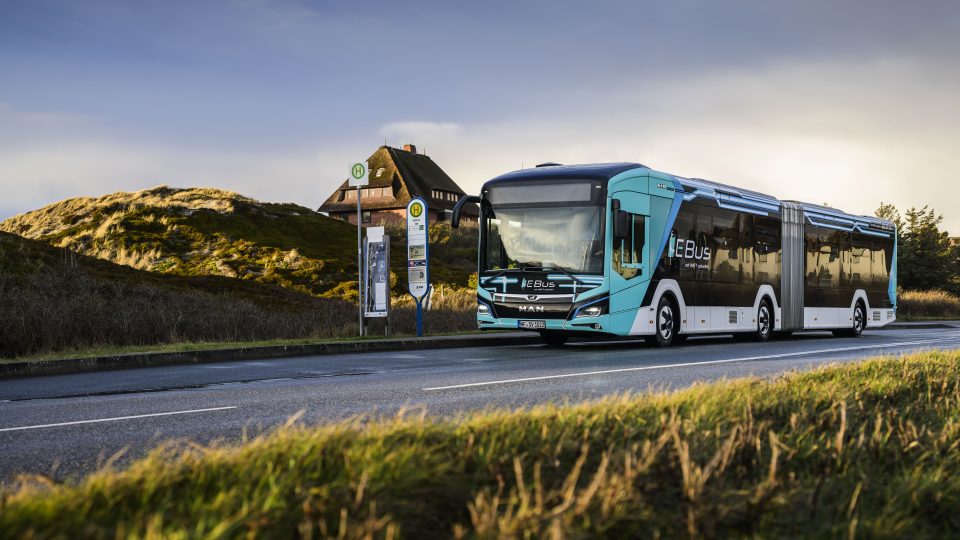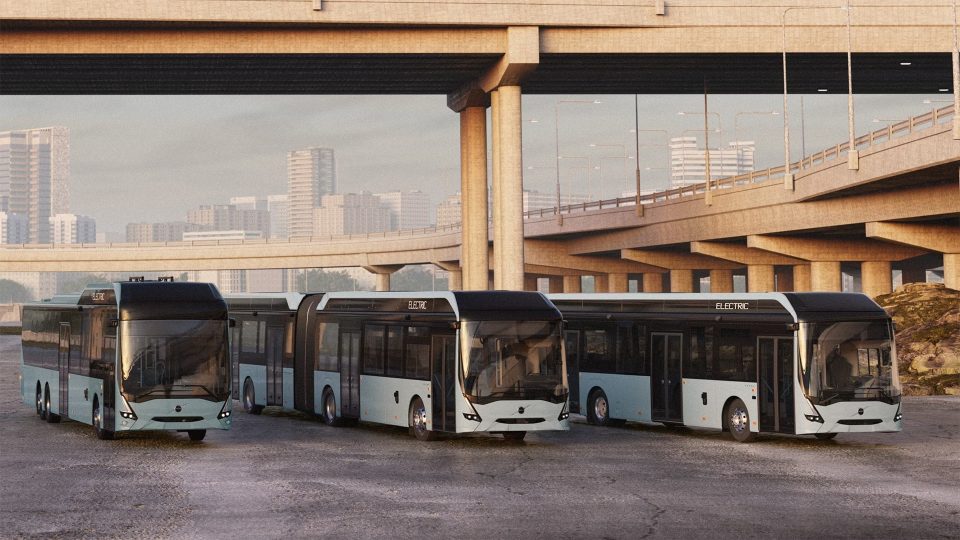Electric buses, Otokar e-Kent C launched at IAA 2021. It features Webasto battery system
Otokar electric bus e-Kent C has been launched at IAA 2021 in Munich. It features Webasto battery system based on NMC. Twelve meters in length, e-Kent C can accommodate up to 100 passengers. The maximum output is 340 kilowatts. Maximum battery capacity? 350 kWh. Webasto began battery production in late 2019, an addition to the previous […]
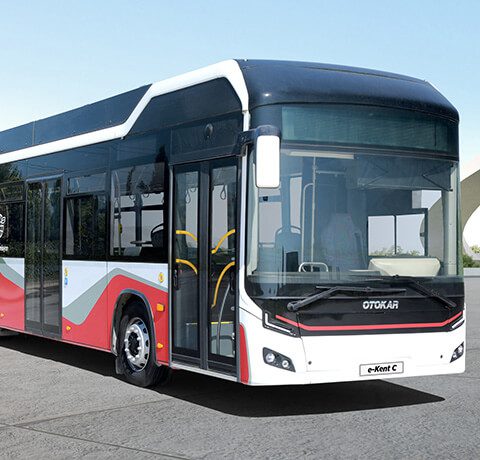
Otokar electric bus e-Kent C has been launched at IAA 2021 in Munich. It features Webasto battery system based on NMC. Twelve meters in length, e-Kent C can accommodate up to 100 passengers. The maximum output is 340 kilowatts. Maximum battery capacity? 350 kWh. Webasto began battery production in late 2019, an addition to the previous Webasto core business in the area of roofs and heaters, leveraging on a supply agreement with Samsung SDI concerning cells. As a matter of fact, Otokar had previously presented the same e-bus model at UITP summit in 2019.
As mentioned above, the bus is powered by lithium-nickel-manganese-cobalt-oxide batteries from Webasto, providing 35 kilowatt-hours each. Up to ten batteries can be installed which have a total storage capacity of up to 350 kilowatt-hours. The battery modules (accounting for over 2 tons) are installed on the roof and rear of the bus. Up to 20 percent of the energy being used can be recovered during braking. Otokar plans a battery utilization cycle of ten years or equivalent 3000 cycles.
Otokar – Webasto: e-Kent C unveiled
The e-Kent C is already in serial production, the bus builder says. Otokar is participating various events and organizing roadshows and demos in Europe in the following months. In Germany, the electric city bus can be seen in September at the IAA Mobility 2021 in Munich. The bus is driving on the so-called Blue Lane from one exhibition venue to the other.
Erdal Usta, Commercial Vehicles Engineering Group Director at Otokar, explains: “Aiming to develop new equipment and applications to meet the changing requirements of our customers, has always been a priority for Otokar. Focusing our customer needs when selecting our suppliers, the reliability and the performance of the product are most important to us. The batteries from Webasto are extremely reliable, enabling us to shoot right out of the gate with regard to potential tenders in Europe.”
Otokar has been the bus market leader in Turkey for 12 consecutive years, and is active in 50 countries with its buses, particularly in Europe. “Of course, price, a long-term partnership with our suppliers and reliable support are also very important for us. We received excellent support from the engineers at Webasto even during the pandemic. We are happy to have Webasto at our side for the e-Kent C. They will also be a trusted partner for us in terms of aftersales support, spare parts availability and warranty,” says Erdal Usta.
The cooperation between Otokar and Webasto
Sebastian Fuchs, Product Manager Batteries at Webasto, adds: “We have a great collaboration with Otokar and we learned a lot about commercial vehicle battery applications in terms of software and hardware development over the past months. Thanks to our well-established cooperation based on partnership and the modularity of our battery solutions, we can react on dynamic market demands very fast. This gives Otokar and all our customers a really great advantage.”
To meet all safety regulations and standards in Europe, Otokar has conducted diverse tests. Erdal Usta states: “We tested the electromagnetic compatibility because there are a lot of electrical components in the e-Kent C that have to function well in combination without disrupting each other. We also had to ensure that there were no negative impacts on the surrounding area, for example, radio interference.”
1 million test kilometres performed
In addition, Otokar tested the structural durability of the bus chassis. The batteries installed on the roof and rear of the bus weigh more than two tonnes. “We had to be sure that the bus structure could carry the weight throughout its whole lifetime. We completed a total of one million test kilometers equivalent road-load durability testing to ensure the highest quality and safety at every point. We also performed several tests in different regions and climates to check overall energy efficiency for heating and cooling systems and subsystem thermal behaviors,” explains Usta.
Kerem Burhan, Key Account Manager at Webasto, adds: “We’re looking forward to new projects with Otokar. Until then we’re celebrating our first joint success: Thanks to the effort of both teams, the e-Kent C will soon be running on the streets in Europe.”

